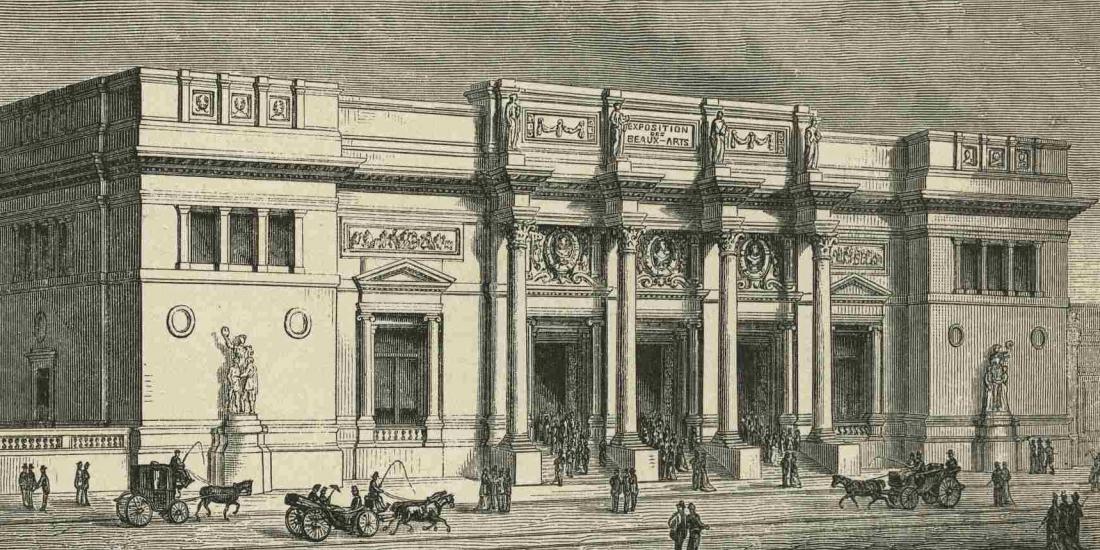The building of a Centre for Fine Arts is an issue that is almost as old as the founding of the Belgian State in 1830. In fact, very early on, the Government considered the lack of premises intended for exhibitions in the capital as a matter of concern. At that time, there was already what was later to be called the Royal Museums of Fine Arts of Belgium (Musées royaux des Beaux-Arts de Belgique · Koninklijke Musea voor Schone Kunsten van Belgie) but the organisation of temporary exhibitions was not one of the functions of such an institution.
A committee was set up in 1856 to make up for the lack of specific premises. The committee’s remit was to examine matters relating to the building of a Centre for Fine Arts. That initiative resulted in failure, until another committee was set up in 1870. The new committee was devoted to ‘examination in connection with the construction of a building intended for Fine Arts and Industry exhibitions, and for musical events for solemn occasions and great public ceremonies’.
The project finally ended in the construction of a building located at 3, rue de la Regence, designed by the architect Alphonse Balat. Construction work began in 1874 and was completed in 1880, for the fiftieth anniversary of the state of Belgium. For six years, from its inauguration in 1886, a considerable series of concerts and conferences together with almost 40 exhibitions were proposed in the new building, reflecting the trends of the period and bringing together more conventional artists and artistic circles, but also the avant-garde of that time with Les XX and Constantin Meunier.
In 1886, it was decided that the former Art Museum, until then located in what is currently known as the Palace of Charles de Lorraine, would occupy the premises of the Centre for Fine Arts, while its rooms, vacant from then on, would go to the Museum of Modern Art and to the temporary exhibitions of the capital.
But cohabitation was not exactly a picnic and, as time went by, the Museum of Modern Art encroached upon the exhibition rooms. So much so that, from the beginning of the twentieth century, Brussels art circles began to demand the creation of new permanent premises where they could hang their works.
